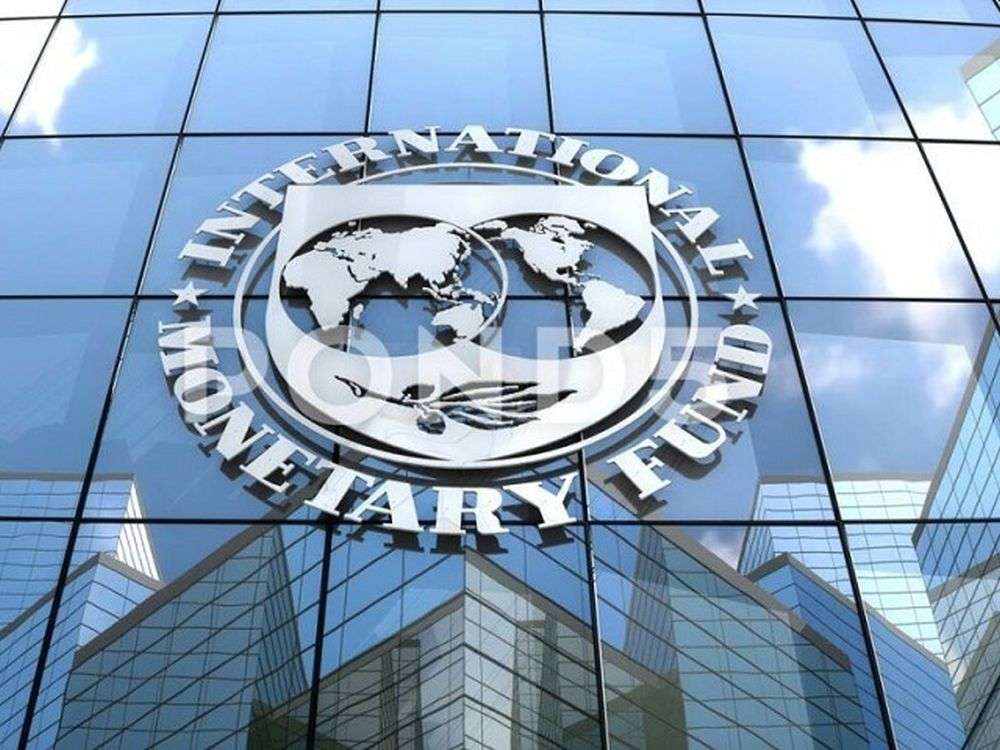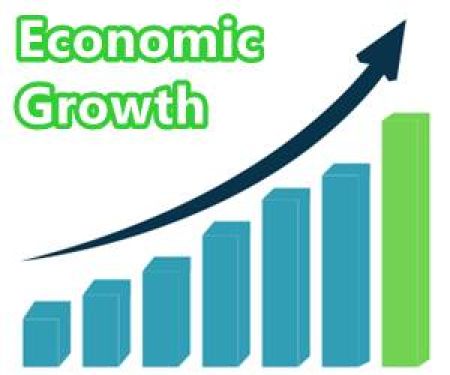April 26: The International Monetary Fund (IMF) has projected Nepal’s economy to grow by 4.1 percent in 2022.
The IMF published its report ‘World Economic Outlook’ which states that Nepal’s economy will grow by 4.1 percent in 2022 after suffering a slowdown to 2.1 percent in 2021 due to the Covid-19 pandemic.
The report further states that Nepal’s economy is projected to grow by 6.1 percent in 2023.
Economic growth in Asia and the Pacific is poised to slow more than previously estimated this year amid headwinds from the war in Ukraine, a resurgent pandemic, and tightening global financial conditions, according to IMF.
“The war in Ukraine has triggered a costly humanitarian crisis that demands a peaceful resolution. At the same time, economic damage from the conflict will contribute to a significant slowdown in global growth in 2022 and add to inflation,” states the report.
According to IMF, fuel and food prices have increased rapidly, hitting vulnerable populations in low-income countries hardest.
Interest rates are expected to rise as central banks tighten policy, exerting pressure on emerging market and developing economies. Moreover, many countries have limited fiscal policy space to cushion the impact of the war on their economies, IMF further said.
Global growth is projected to slow from an estimated 6.1 percent in 2021 to 3.6 percent in 2022 and 2023. This is 0.8 and 0.2 percentage points lower for 2022 and 2023 than projected in January.
Beyond 2023, global growth is forecast to decline to about 3.3 percent over the medium term.
“War-induced commodity price increases and broadening price pressures have led to 2022 inflation projections of 5.7 percent in advanced economies and 8.7 percent in emerging market and developing economies—1.8 and 2.8 percentage points higher than projected last January.”
Multilateral efforts to respond to the humanitarian crisis, prevent further economic fragmentation, maintain global liquidity, manage debt distress, tackle climate change, and end the pandemic are essential, the report added.
With a few exceptions, employment and output will typically remain below pre-pandemic trends through 2026. Scarring effects are expected to be much larger in emerging market and developing economies than in advanced economies—reflecting more limited policy support and generally slower vaccination—with output expected to remain below the pre-pandemic trend throughout the forecast horizon.

























